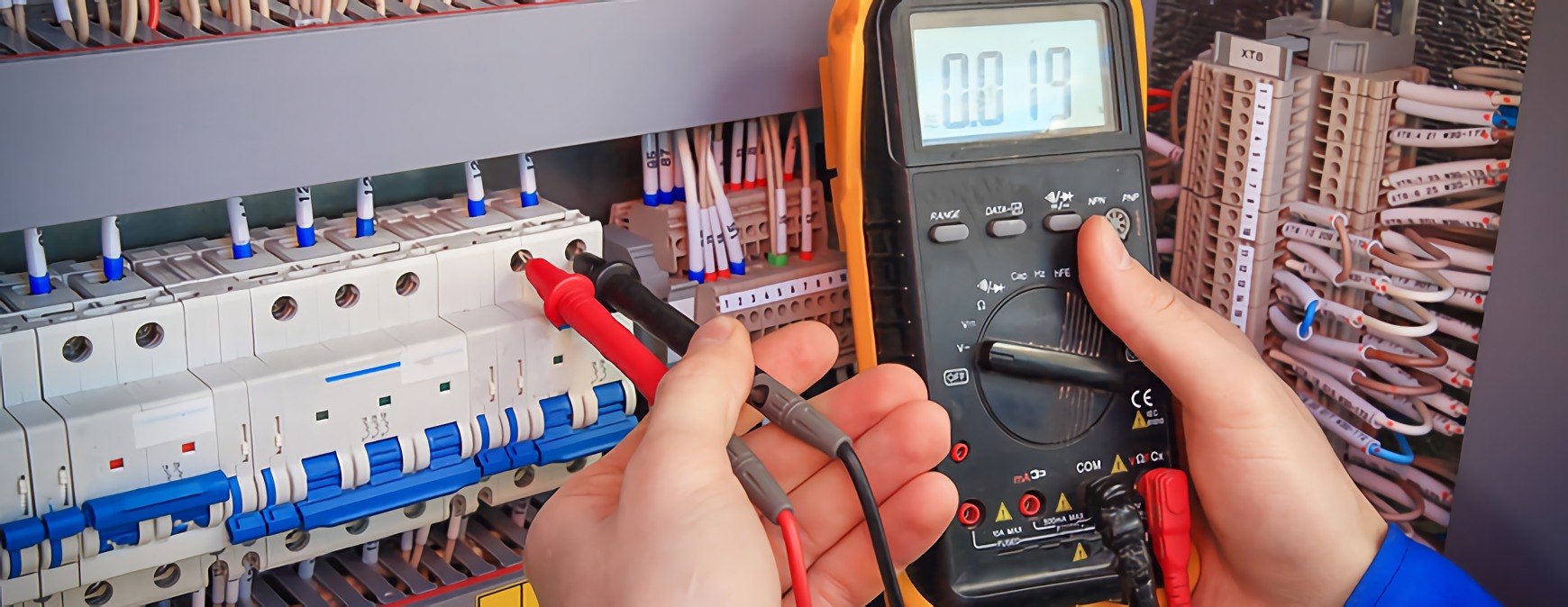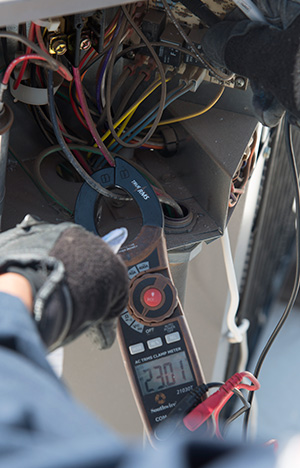
When you turn on the lights each morning, you have electricians to thank. These professionals keep homes, businesses, and industries powered with the electricity that’s essential to accomplishing everyday activities. They couldn’t make all of this possible without their tools and skills. So, what are those tools and skills that electricians have?
What Do Electricians Do?

Understanding the tasks electricians (47-2111) regularly perform can give you an idea of the types of tools they need to get the job done. Electricians’ work can be broken into two main categories:
Installation: During the construction of a new home, building, or factory, electricians come in to install electrical systems for power, lighting, communications, controls, and much more. They install electrical wiring and systems before the walls are constructed.
Maintenance: Once electrical components are encased in walls, the job of maintaining them becomes more complex. Wiring may be difficult to see or reach. Electricians keep these systems working correctly by inspecting, troubleshooting, and repairing work. 1
Get Started on the Path to a New Career
Fill out our form to learn how we can help you change your life.
What Are the Tools Used by an Electrician?
The tools electricians use depends on the job he or she is performing. They typically use a variety of hand and power tools for installation, maintenance, and repair. When troubleshooting a problem, electricians rely on a handful of testing devices.
Hand and Power Tools
- Conduit Benders: Run and protect wiring.
- Screwdrivers: Install screws.
- Wire Strippers: Cut wire and remove insulation from wire.
- Drills: Pull, twist, grip, or cut wire.
- Hammers: Nail on brackets of secure boxes.
- Fish Tape: Pull wire through metal or PVC conduit.
Testing Devices
- Oscilloscopes: Determine changes in voltage. 2
- Voltmeters: Checks voltages and confirms if circuits are live and how much electricity they’re carrying.
- Ammeters: Measure electric current in amperes (the standard unit of measurement for electric current). 3 4
- Continuity Testers: Determine whether components carry electricity.
- Thermal Scanners: Identify thermal variances due to electrical malfunctions. 5
- Voltage Tester: Tests if a contact is live. 6 7
Electricians also use measurement instruments. They employ tape measurers to find heights for switches and outlets, as well as to center lighting fixture boxes. When installing switches or outlets, they use torpedo levels to ensure they’re straight. 8
How to Become an Electrician?
Electricians work in a range of different environments with a variety of tools. They often get their start in the trade with electrician training. In electrician classes students receive hands-on training with the tools of the trade and residential and commercial wiring. They also receive instruction in National Electric Code, which they’ll need to obtain their license and start working in the field after they graduate.
Additional Sources
1 – https://www.bls.gov/ooh/construction-and-extraction/electricians.htm#tab-2
2 – http://www.dictionary.com/browse/oscilloscope
3 – http://study.com/academy/lesson/what-is-an-ammeter-definition-function-quiz.html
4 – https://www.onetonline.org/link/summary/47-2111.00
5 – http://www.buildings.com/article-details/articleid/15448/title/3-reasons-you-need-a-thermal-imager/viewall/true
6 – http://home.howstuffworks.com/electrical-tools.htm
7 – https://www.bls.gov/ooh/construction-and-extraction/electricians.htm#tab-2
8 – https://www.thespruce.com/top-electrical-tools-1152575
This blog has been labeled as archived as it may no longer contain the most up-to-date data. For a list of all current blog posts, please visit our blog homepage at https://www.rsi.edu/blog/

